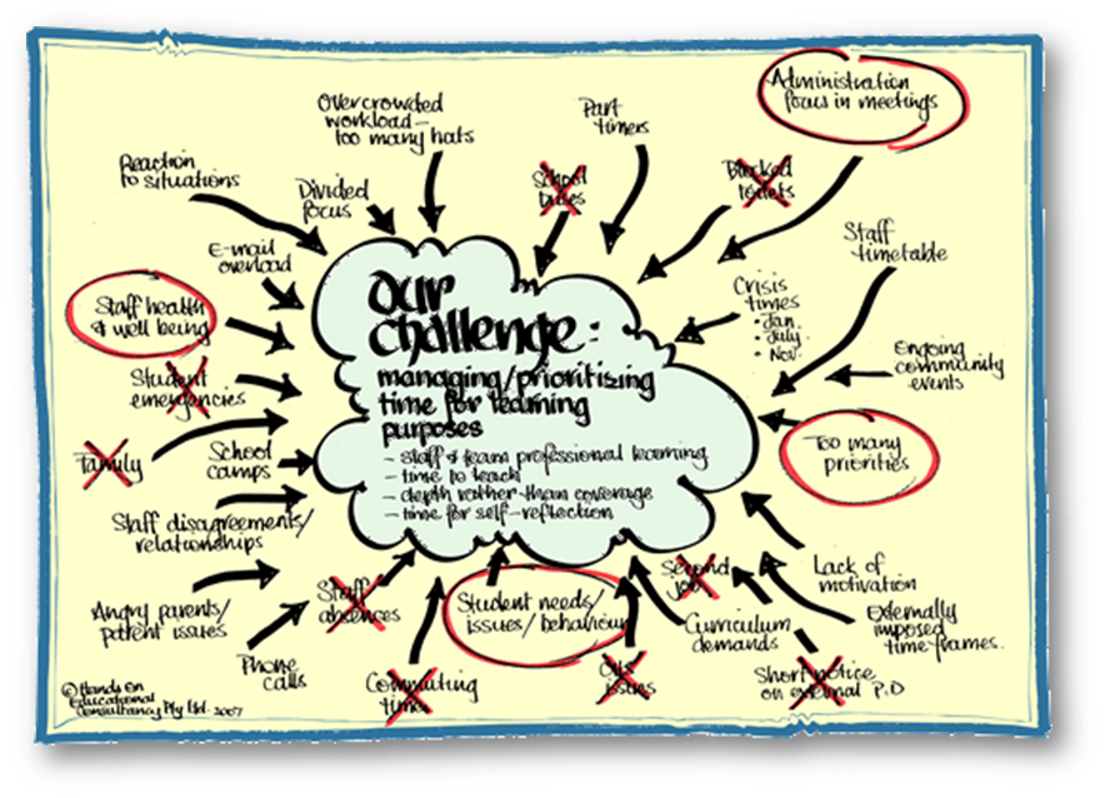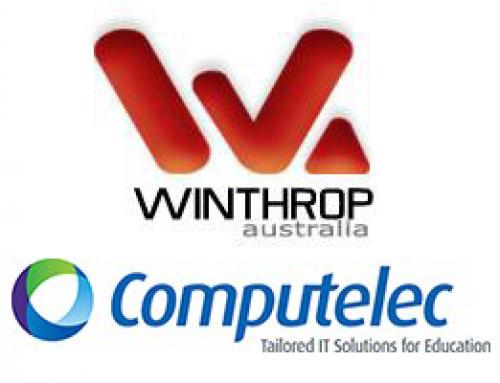If assessment is the silent killer of learning…it’s time to put on a bullet proof vest
by Rowena Ulbrick, ICT Education Specialist at Expanding Learning Horizons.
It is staggering the number of teachers and educational leaders that comment how frustrated they are in the lack of educational change taking place, despite the 21st Century Learning mantra. And I get it. We are talking a lot, but it feels like not a great deal is happening. Perhaps this is because while educational leaders share a common understanding of the importance of change, innovation and preparing students for the ‘real-world’, there isn’t a clear cut way of leading this agenda within our schools in a way that impacts directly on student outcomes. To go along with this, some feel completely ham-strung by change in government policy, curriculum frameworks and the standardised testing agenda. This massively influences the way teachers design assessment, often to the detriment of learning to such end that is has been referred to as the ‘silent killer of learning’. So who’s got a bullet proof vest?
These conversations can be really inspiring, as we feel compelled to lead an educational revolution and change the world! But mostly, they can leave you feeling deflated, disheartened and disgruntled with education in general. None of us signed up for this. What we did sign up for is creating really great learning experiences for young people. So how can we do that?
I really like using Dalton and Anderson’s (2013) model when supporting teachers to overcome challenges in classroom practice. I think it can be nicely adapted to consider what we can do as educators to lead change in our schools. So, entertain me and have a go…
- Identify and record a challenge that you face in your teaching practice: write it succinctly inside a circle in the middle of a chart of piece of paper.
- Record specific evidence that this is a challenge: write the evidence underneath your challenge
- Brainstorm all the things that might be contributing to this being a challenge: write each one separately around the circle with arrows pointing toward the challenge
- Cross out those you have no influence or control over
- From those left, select 2-3 you have some influence over that may be catalytic in addressing this challenge.
- Next steps: use these as the focus for your plan to address this challenge; use SMART lens to assist you. (Specific, Measurable, Achievable, Results-oriented, Timely)

Joan Dalton & David Anderson 2013. Reference: Dalton, J. Learning Talk: build understandings, www.leadingadultlearners.com
So, what were you left with? Changing the international policy agenda around literacy and numeracy outcomes? No. Changing the structure of the Australian Curriculum? No. Changing the things students will be assessed on? No. Changing the nature of assessment at your school? Maybe. Changing the learning experience that you design for students in your classroom? Definitely. Let’s start with what we can change.
No matter what it was, you now have some things that you can focus on that will directly impact on leading change in your school. The SMART lens means that you can take a scientific approach to measuring the impact that you are having. But it is so much more effective when you have someone to bounce ideas off, get feedback and support from in the process. So what if you could take your SMART plan to someone in your school and get support…how cool would that be? Enter Peer Coaching stage left…
For me Peer Coaching really hits the mark. It is relevant, contextualised and has a specific focus on classroom practice. So you could take your SMART plan to your coach and collaborate with them in the process. People don’t really refer to Peer Coaching as ‘innovation’, and why is that? Well, it isn’t new, it’s been around for a long time. And, it might have been given a bad name from poorly implemented programs that focused on appraisal and supervision, rather than developing a truly collegial and collaborative learning environment.
Having completed three different coaching certifications, led coaching programs within a number of schools I am confident that if it is done well, it is truly powerful. I am an advocate of the Microsoft Peer Coaching Facilitator Training for a number of reasons. It focuses on a sustainable model of building capacity as participants are supported not only on how to coach others, but how to teacher others to be coaches (the old train-the-trainer model). It is has massively influenced the work that I do and the curriculum re-design workshops that I lead. And you know what? It is producing some incredible outcomes. If I reflect on the last two weeks alone, I can think of countless fantastic learning experiences that have been created through coaching curriculum teams to incorporate technology and 21st century skills into their lessons. The focus has been on designing rich learning experiences for young people…then seeing what curriculum outcomes it supports. Not the other way around. I feel inspired to work within a coaching framework to support educators to lead change in their classrooms.
If assessment is the silent killer of learning, then it’s time to put on a bullet proof vest. Let’s focus on what we can do to lead educational change, by working to create a culture of learning through coaching and changing what happens in our classroom. The results really speak for themselves.





